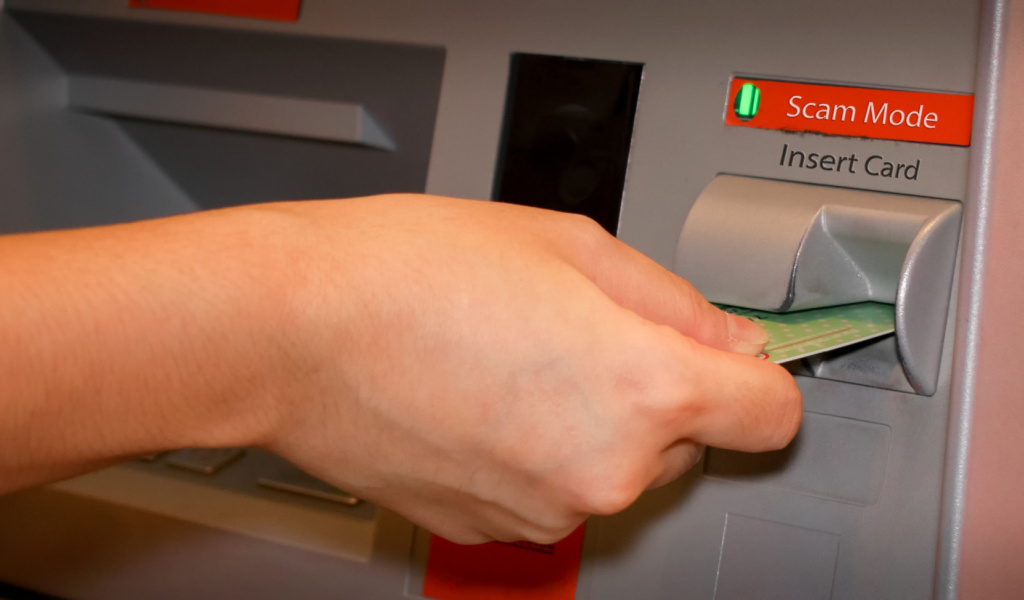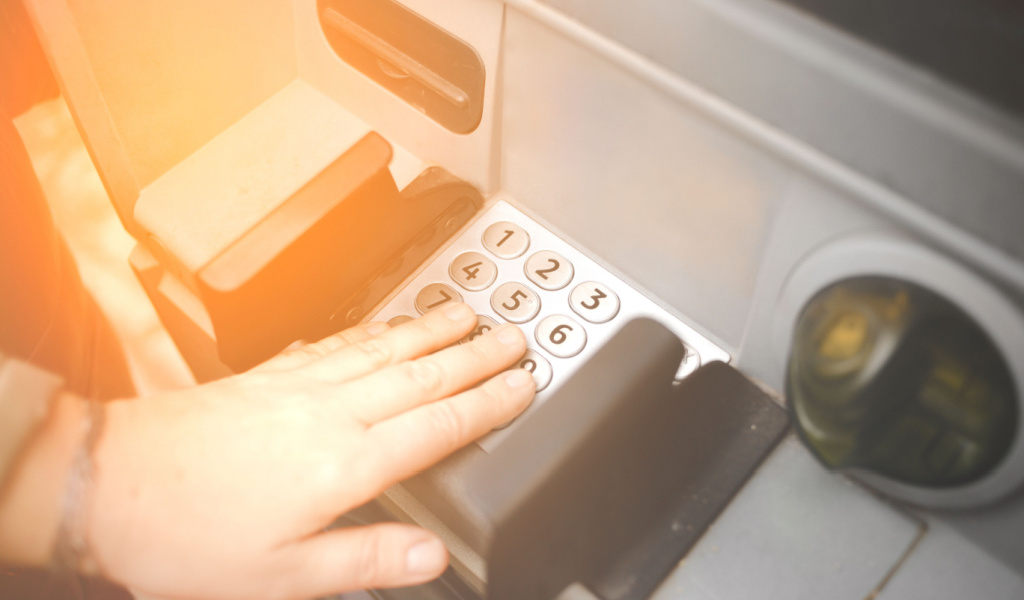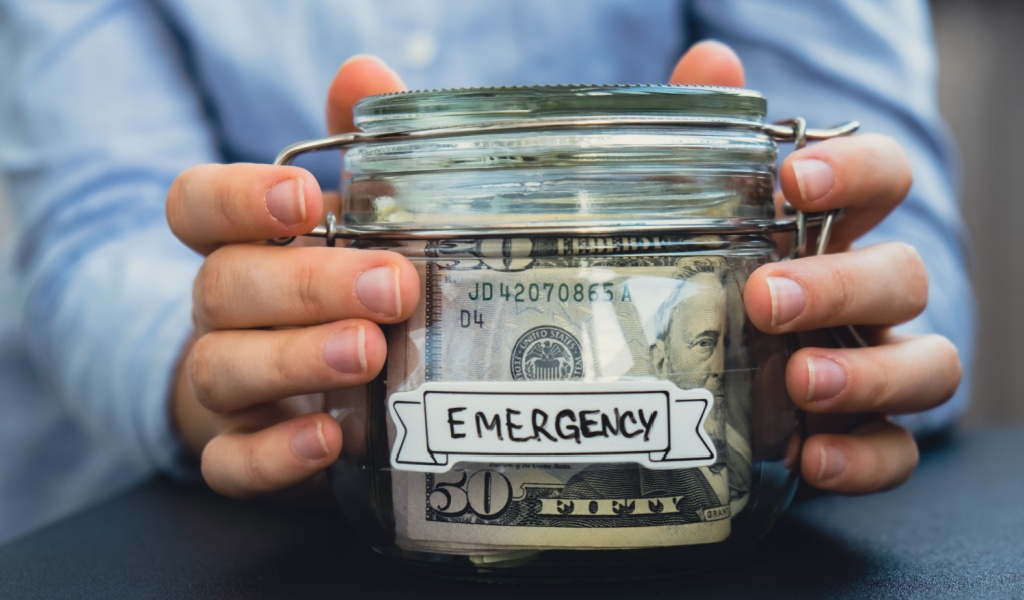As we all know, Automated Teller Machines, also known as ATMs, have been available in almost every location, including bank lobbies, gas stations, and retail malls, over the past few decades. Over 2.2 million ATMs were in operation globally by 2022. Given their convenience, we’ve all habitually used these virtual cash machines with little thought about what could go wrong.

However, not everything at the ATM is as it appears to be, especially if a fraudster has set their eyes on one of these money boxes. Most ATM scams include the theft of personal identification numbers (PINs) and debit card numbers from users who are utterly ignorant of the risks involved with using these machines. This confidence scam includes different variations, yet they all count on the cardholders’ naive assistance.
Real ATM skimming can be achieved with the aid of counterfeit card readers and secret cameras. Even worse, skimming devices tend to be well-concealed and can be easily missed by many. However, given the proper amount of help and awareness, you can spot any suspicious ATM. Educating yourself about the existence of such scams is the most crucial step in escaping them. Let us walk you through a few common ways in which ATM scams occur.
Be Cautious When Using an Open ATM
You’ve probably come across an open ATM or two – these are the ones that are present on street corners. These ATMs concealed in gloomy areas can readily act as a cover for opportunistic thieves or skimmers. It would be ideal to avoid ATMs that appear suspicious, sketchy, or dimly lit unless you want to get skimmed.
Here is what you can do: consider the accessibility of an ATM when you are looking for one to use.
- How easy is it for a thief to get into the ATM?
- Is it completely unsecured, or is it in a facility that is locked at night?
- Is it structured with privacy in mind, in a way that it would be easy to conceal a credit thief setting up a skimmer?
Of course, it will not make sense to think that every outdoor ATM poses a threat, but it would be wise to stay away from those that appear to be particularly shady. More significantly, you should be mindful of secret cameras covering up themselves as commonplace items at ATMs that seem entirely secure.
Check for Any Abnormal Protrusions Near the ATM
Be watchful of any discolored plastic around the top of the ATM once you enter.
- Does the color seem slightly off?
- Does it merely appear odd?
Even a seemingly harmless part of the ATM can conceal a tiny spy camera, so it is important to inspect everything placed above the ATM. Worryingly, molded parts can blend in with a specific ATM and conceal a surveillance camera because they are more concealable than objects in the open.
Additionally, not only can ATM skimmers access cameras, but they can also record PIN inputs with the help of false keypads. With such equipment, shielding your hand while typing the PIN will not be of any help here. In more severe cases, a fake keypad may not be the only thing present there. Certain ATM skimmers cover their electronics with full-fledged faux front panels to record every tap of the button.

Look Out For Hidden Cameras
Most of the time, ATM skimmers work in two ways: while one steals your card details, the other steals your PIN. Hidden cameras positioned either above or close to the keypad will record the PINs every so often. Therefore, you should be careful to observe your surroundings at an ATM.
- Are there any seemingly unimportant but odd objects around you?
- Are there any unfamiliar objects placed too close to the machine?
Spy cameras typically take up a little room, which makes them easier to conceal. A common spot to hide a camera is a brochure holder next to the ATM.
A camera can be covered by anything close enough to record the keypad. Don’t worry too much if someone looks at your PIN and look around at anything close to the ATM. The plus point is that shielding yourself from these cameras is relatively easy. Remember to cover the keypad when entering your PIN to avoid prying eyes, both human and technological.
Observe the Card Slot Thoroughly
Fake card readers can record the details on your debit card when you swipe it, and fraudsters can misuse the information if they get their hands on your PIN. You can spot fake card readers with some keen observation – they tend to be bulky since they must fit over the real ones. Rock the slot back and forth to check if it bulges or seems to protrude beyond the ATM. Consider every little detail to avoid any problem.
- Is it too flimsy? Does it look attached?
- Does the card slot agree with the instructions on the ATM’s front?
- Does it have identical card slots?
Observe the Diagrams & Instructions on the ATM Panel
Scamsters generally cover data-stealing equipment with plastic placed over the front of the ATM. The magnetic strip scanners and storage devices recording the data of each card inserted into the ATM are often located behind such panels by the police. Though the duplicates may not be flawless, the molds are designed to be identical to the original ATM by cunning thieves.
Identifying a duplicate from the original can be tricky, but you should keep a close eye on it. It’s better to be safe than sorry, so it’d be better to walk off and find a different ATM if you find anything suspicious. Here’s what you should keep an eye out for:
- Any unforeseen differences between the stated directions on the ATM’s front.
- Any unusual color shifts between the plastic parts.
- Any bulging that can be a warning of a fake panel.
Check if the diagrams and photos match or if two identical parts are set side by side. While some burglars conceal their work by removing the front panels, others pick a subtler approach by placing fake card readers over the real debit card slot.
If you find something suspicious at an ATM, your duty is not just to walk off. Until such devices are discovered by someone else, there’s no guarantee of how many people may be fooled by a skimming scheme. The best solution is to notify a bank employee if the ATM is situated at the bank’s premises, or to notify relevant authorities. The bank can close the ATM, even if they are unaware of card skimmers, at least until they have properly investigated the machine.



